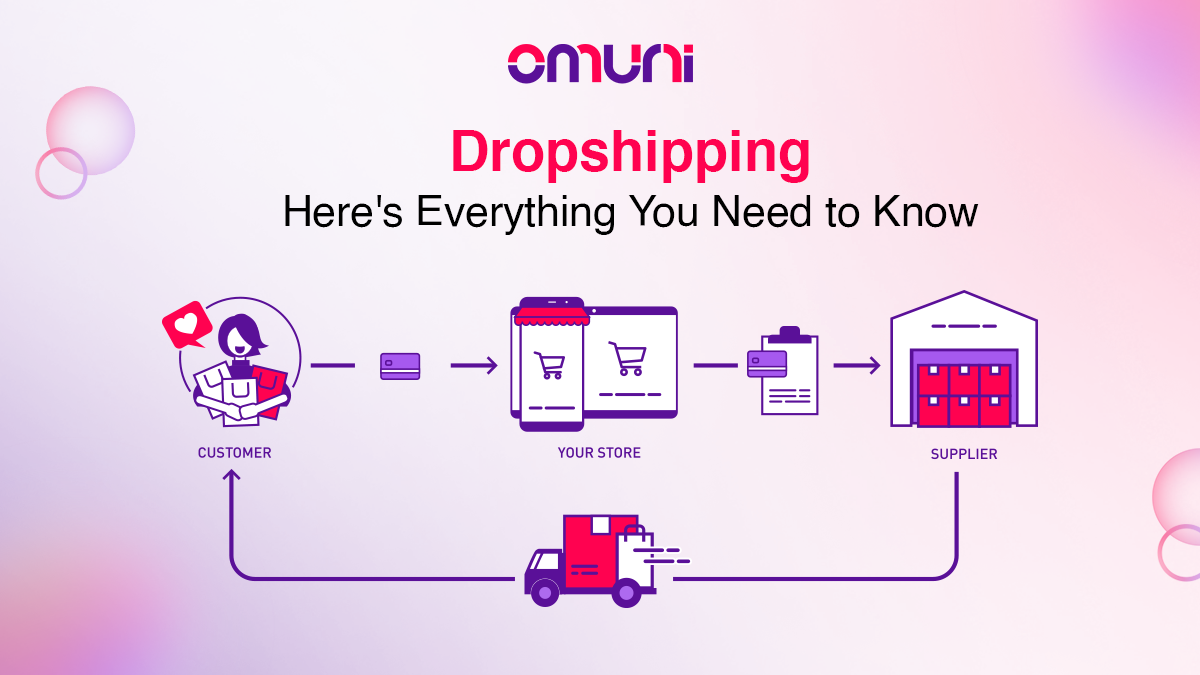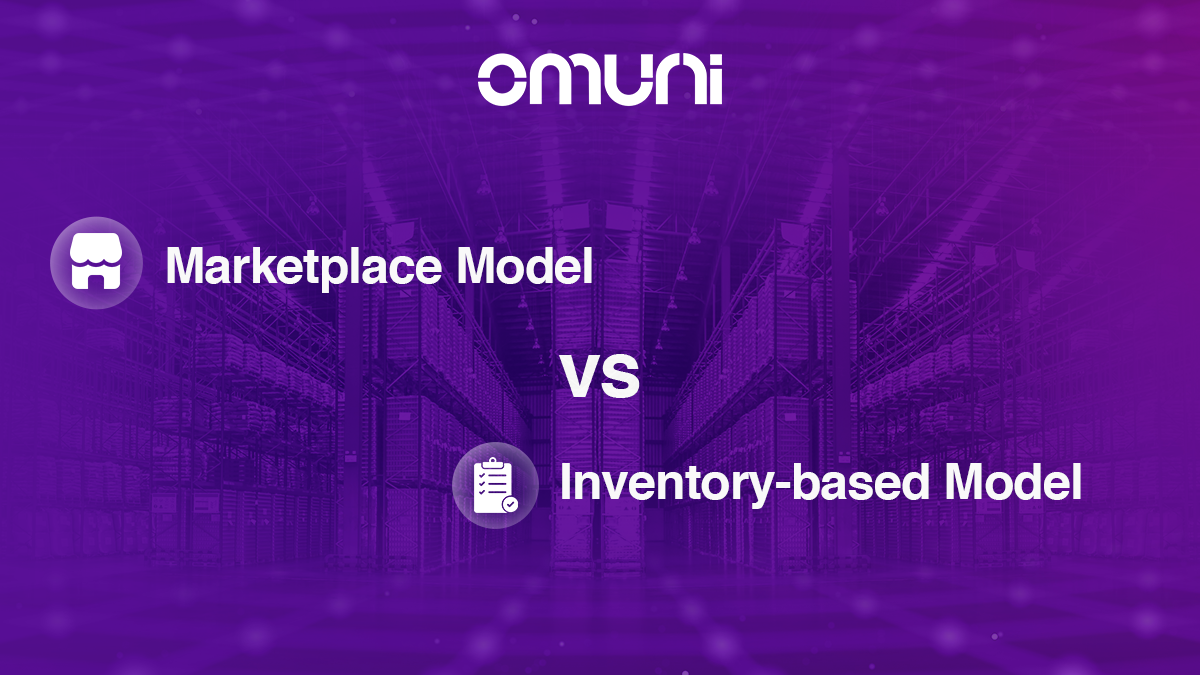Understanding GMV and its Importance in eCommerce
If you work in the retail and e-commerce industries, you may come across hundreds of metrics on a daily basis. Learning each of those metrics and knowing their significance is crucial, as they work as measuring tools and define the success of your business.
Amongst the pack, one of the most important metrics to measure is Gross Merchandise Value (GMV). It is one of the numbers used by brands trying to improve sales. But what exactly is GMV, and can you earn profits by just increasing your GMV? Read into the article where we discuss GMV, why it is an important metric, and how you can increase it to earn more profits.
What is Gross Merchandise Value (GMV)?
Gross merchandise value (GMV) represents the total value of goods and services sold over a given period of time. In simpler terms, GMV is the sum of all transactions for a brand; no matter what channels they happen on, be it retail stores, e-commerce stores, or third-party marketplaces.
This KPI is generally measured monthly, quarterly, or annually and is used to determine the overall health of the brands. It also determines brands’ revenue, growth, and profitability.
How is GMV Calculated?
GMV is the product of units sold and sales price. Simply put, it is the merchandise sold to customers multiplied by the price charged.
GMV= No. of Goods Sold x Sales Price of Goods
For instance, if you sell 100 products for $100 each, the GMV would amount to $10,000. Therefore, to increase GMV, you need to raise prices or sell more. It is to be noted that GMV is the gross revenue, i.e., calculated before deductions like fees or expenses, but returns need to be deducted from this number to get an accurate calculation.
Why is GMV Important for eCommerce
As we know, GMV is the gross revenue representing your business’s overall health. It provides a fair share of your business insights, and if used with other metrics, it provides how your company’s overall performance. For instance, if GMV is up, it illustrates that the business is doing well and vice-versa.
It can also be used to do a comparative study over time with the previous quarter or year-on-year. Measuring GMV regularly allows you to compare the current quarter’s sales to the last year and helps you understand how the business is fairing overall.
So GMV is like a magical number; by increasing it, you gain profits; sounds simple, right? Not so fast. Like any other measurement tool, GMV has some flaws too. Having its fair share of advantages, GMV isn’t an accurate metric to measure your business performance. This is because GMV doesn’t account for expenses associated with logistics costs, marketing, discounts, and so on. GMV does not provide a clear picture of net sales and net income.
Another reason GMV isn’t an accurate metric is that it can be misleading. Focusing only on GMV may push you toward selling expensive products or lead to a hyper-aggressive selling approach. It is, therefore, advisable to use GMV with other KPIs like customer acquisition cost, average order value, customer lifetime value, churn rate, and more for a holistic understanding.
How to Increase GMV
There are many strategies you can follow to improve GMV for your business.
Upsell and Cross-Sell
Upselling is a strategy where you push your customers to purchase a superior, more expensive product. For instance, if a customer wants to buy an iPhone with 64GB memory, you can show a 128GB model stating the benefits of larger memory and offer a one-time discount.
Meanwhile, cross-selling is a strategy where you offer products related to what your customer already owns or just bought. To cross-sell, you can add an ‘items frequently bought together’ section on your website.
Both upsell and cross-sell strategies help you raise your GMV by increasing sales price or the number of products sold.
Offer Bulk Discount
Also known as volume discount, the bulk discount is a sales strategy that pushes your customers to purchase more at a lower price. It can also be clubbed with gifts to incentivize your customers to purchase more.
Offer Free Shipping
Free shipping is an attractive proposition for customers who are price sensitive and prefer lower pricing. To increase GMV, you can implement free shipping by setting a threshold for a particular basket size. For instance, free shipping is only available for customers spending over $100 or more.
Provide Good Customer Service
According to a report, 95% of customers consider customer service an essential factor in choosing loyalty to a brand. Being proactive in handling returns, solving customer grievances quickly, and delivering seamless experiences are some areas that strengthen your brand identity and keep your customers coming back.
Conclusion
GMV is a powerful metric for assessing your business performance. But as mentioned earlier, GMV shouldn’t be focused solely; instead, many important KPIs should be measured along with GMV to measure your business performance.
Also, delivering excellent customer service to your customers is more important than focusing on GMV. Your customers are the king of your business, and taking care of them will automatically improve your GMV.
Frequently Asked Questions (FAQs)
GMV denotes the total value of goods a firm sells in a specific period of time. Turnover is defined as the revenue generated per money invested in the operating assets of a firm.
GMV is Gross Merchandise Value that measures the total sales value. This metric is used in the e-commerce industry.
GMV is based on the MRP of products but does not factor in the cancellation or discount of products.



